|
©EarthJustice.org It is spring and I have soil on my mind: we've just received another load of wood chips and organic manure. Additionally, we have turned our compost barrel and now have a chocolate fudge of goodness to bestow on our garden boxes. We've been eating asparagus all week and baked our first rhubarb crisp of the season. Our arugula and kale survived the snows and our herbs continue to be year-round producers. With all this organic goodness happening in my yard, it saddens me to read that the EPA is refusing to ban the neurotoxic pesticide chlorpyrifos-even though the 9th U.S. Circuit Court of Appeals ordered the pesticide completely off the market last summer. The EPA is fighting that decision. "Several studies have linked prenatal exposure of chlorpyrifos to lower birth weights, lower IQs, attention deficit hyperactivity disorder and other developmental issues in children. But the EPA in 2017 ignored the conclusions of its scientists and rejected a proposal made during the Obama administration to ban its use in fields and orchards." Hawaii was the first state to pass a full ban last year. Now California, Oregon, New York and Connecticut are trying to do the same. I hope that they are successful and that this poison is fully banned from use soon. Other bad news on the food front: from Carolyn Fortuna, PhD at Clean Technica "It is becoming increasingly apparent that a yeast called Candida auris (C. auris) has resistance that is traceable to industrial agriculture’s mass application of fungicides. These chemicals approximate the molecular structures of antifungal drugs and that of many other fungi species. This yeast is killing immunocompromised patients in hospitals, clinics, and nursing homes at a fast pace — up to 40-60% of those who suffer bloodstream infections now die in a month’s time. The reason for the rise in patient deaths is agricultural applications, which generate drug resistance across multiple human bacterial infections. This drug resistance kills 23,000-100,000 in the US annually. If you extend that death toll to global infections, we’re looking at 700,000 people worldwide." Read the full article ©Civil Eats Some good news? Dung Beetles are awesome! Virginia Gewin of Civil Eats reports:
In 2013, Matt Jones, a doctoral student from Washington State University, approached dozens of West Coast produce farmers, both organic and conventional, with an unusual request. He wanted them to apply pig feces to broccoli fields to study whether dung beetles and other soil organisms were able to reduce food-borne pathogens. While roughly 50 farmers declined, ironically because it introduced too much risk to their operation, the 43 farms that took part in the experiment helped demonstrate that greater biodiversity, including both dung beetles and soil microbial communities, suppressed E. coli and other harmful pathogens. In addition, a seven-day laboratory experiment revealed that two dung beetle species reduced E. coli numbers by over 90 percent and nearly 50 percent, respectively. Read full article here. I still find it hard to believe that ANYONE thinks it is a good idea to use poisons to grow food. I say "Bring on the Dung Beetles!" Six Weeks of Asparagus EVERYthing Rhubarb coffee cake Frisbee-sized (and edible) Shaggy Parasol mushrooms
A little something for everyone:
Nature's Nether Regions, Life in the Soil, dirt: the erosion of civilization Noah's Garden Attracting Native Pollinators Mycelium Running Garden Soil, Fungi, & Critters T.Byrne 2015 I lifted up the edge of one of our blue tarps last summer to find this thriving microcosm of life. This led to a bout of wondering about the multitudes of life forms that I cannot see with my naked eye (in addition to wishing that I had a light microscope, instead of just my old-fashioned Swift Stereo 90...). From the looks of things, it seems that we are providing a nurturing place for a multitude of garden invertebrates and other tiny neighbors.
Microbes, microbiomes, good bacteria/bad bacteria...I believe that our next deep science explorations will be into health of the soil that we depend on to grow our food and sustain life on the planet. Did you know that there is more life below the surface of the soil than above it? In a single tablespoon of soil, there are 50 billion microbes alone! Along with a focus on soil health, it appears that as we humans need to make friends with the three pounds of bacteria, fungi, one-celled archaea, and viruses "that collectively they weigh the same as our brain". In other words, that would be the microbial make-up of a healthy human. (Are you ready to meet your wild life?) What is a person/superorganism to do? Feed your microbes well my friends, support non-toxic agriculture, green cleaning, do not use anti-bacterial soaps, read labels, drink your Kefir, and be sure to get your daily dose of dirt! Be Well~ All three of these fungi are fruiting within five feet of my backdoor; unfortunately, I do not know enough about mushrooms to know if they are edible, but it appears that the shiny orange ones are being nibbled by someone...
I am thrilled that we have so many varieties popping up. These fruiting bodies indicate that there is a healthy mycelium network in our backyard, and we are hopeful that it will continue to grow. Look what I found on my way home from school today.... This fairy ring was across the sidewalk from where the robust Amanita flourished last October; still hoping to spot the fairies and gnomes...
It felt like spring again today, and I caught some tiny things growing in the Washington Park Arboretum.
|
AuthorTracey Byrne~ Categories
All
Archives
June 2024
|
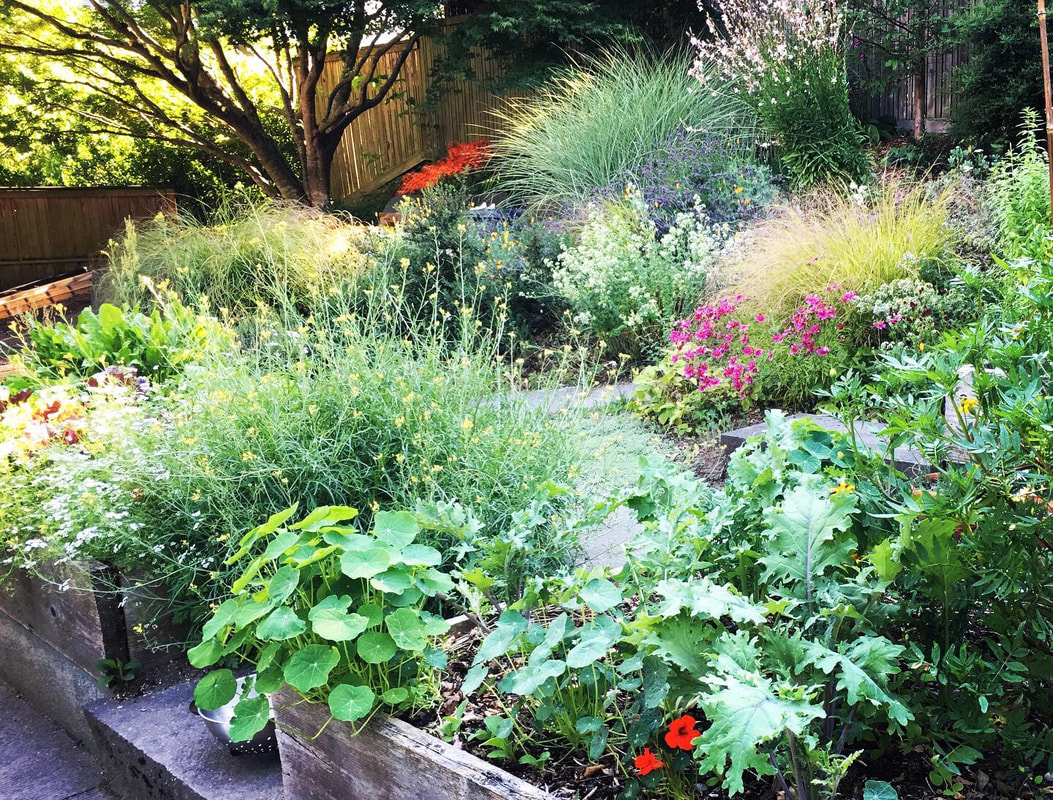
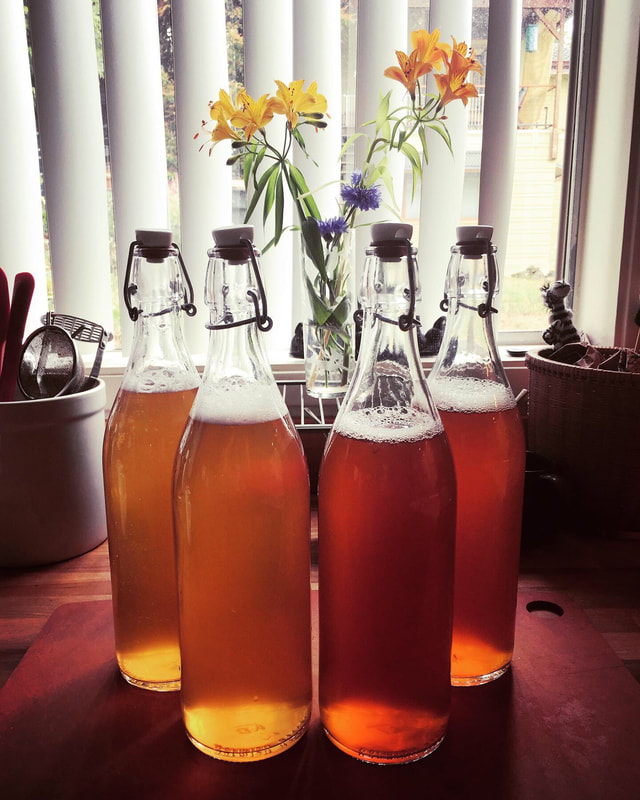

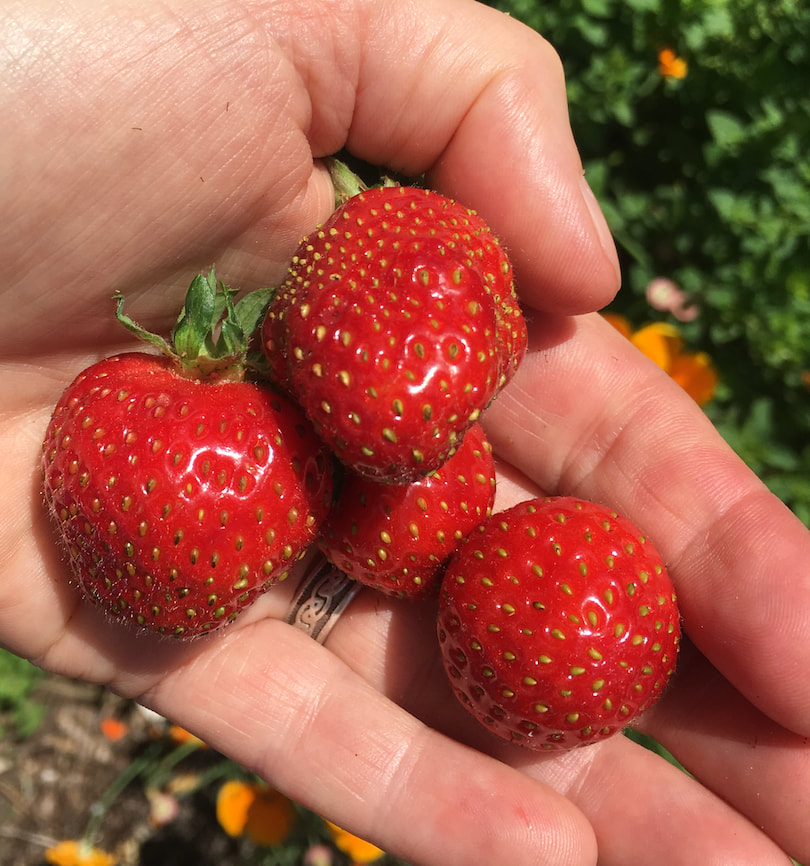
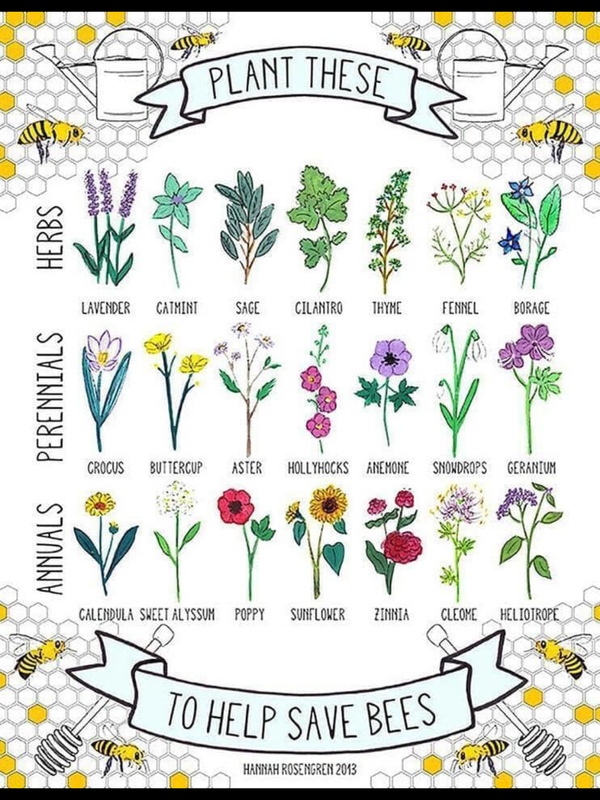
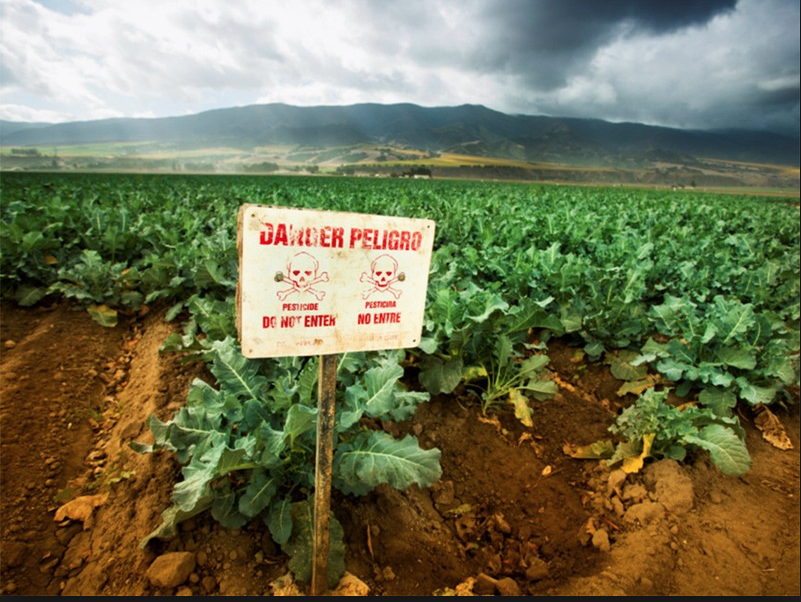
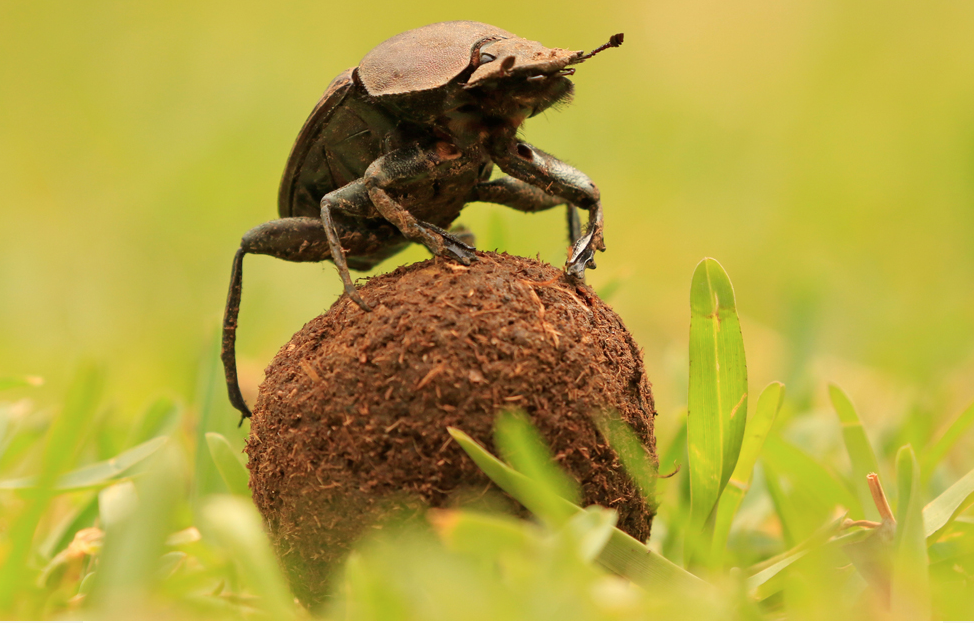


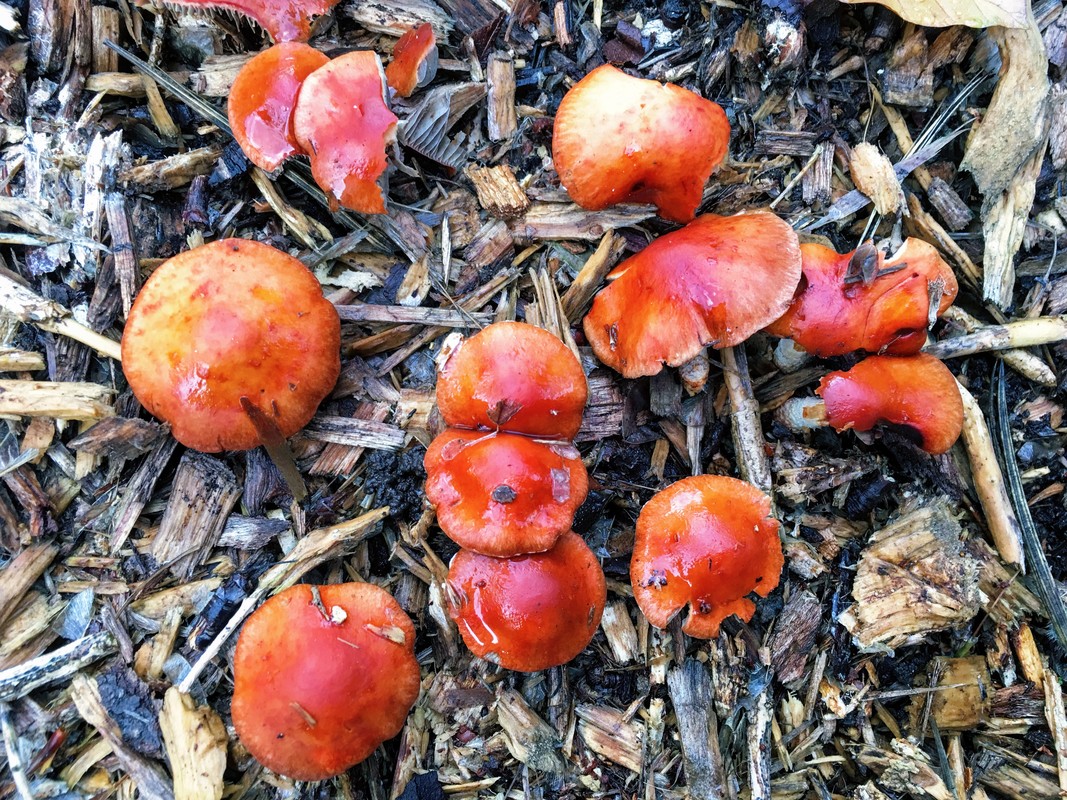

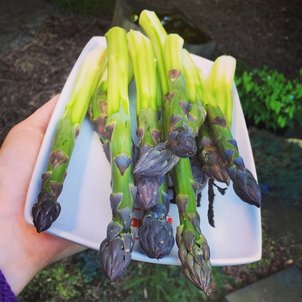
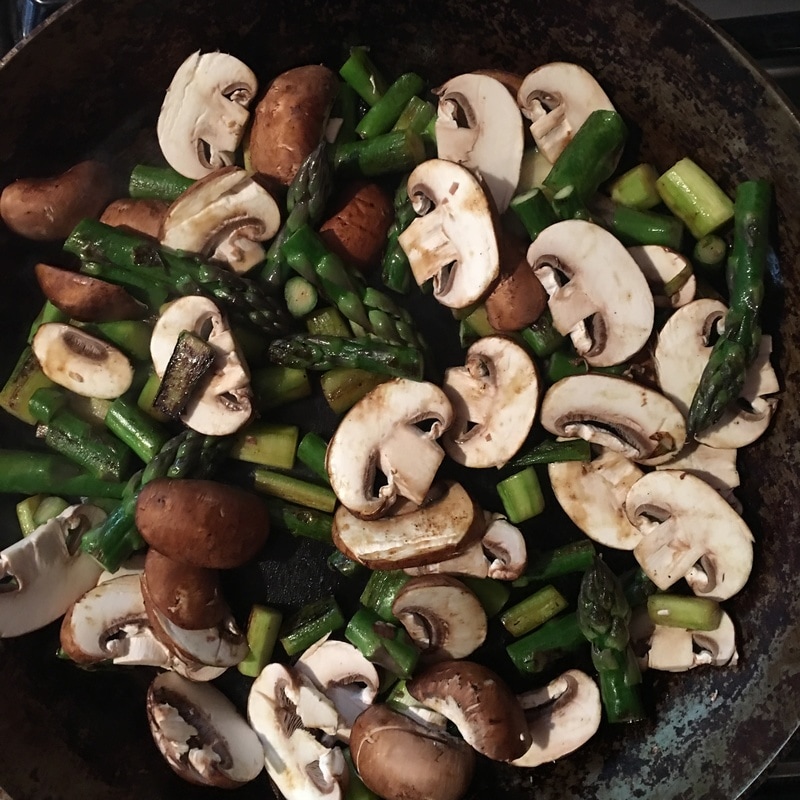
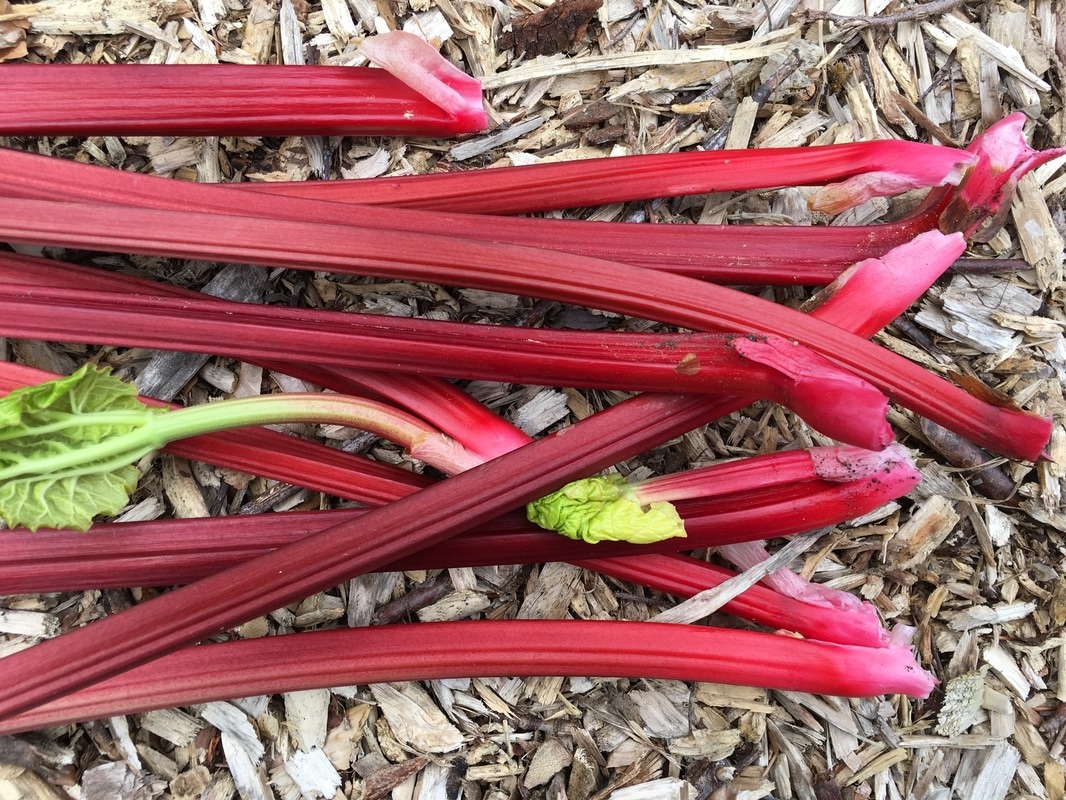

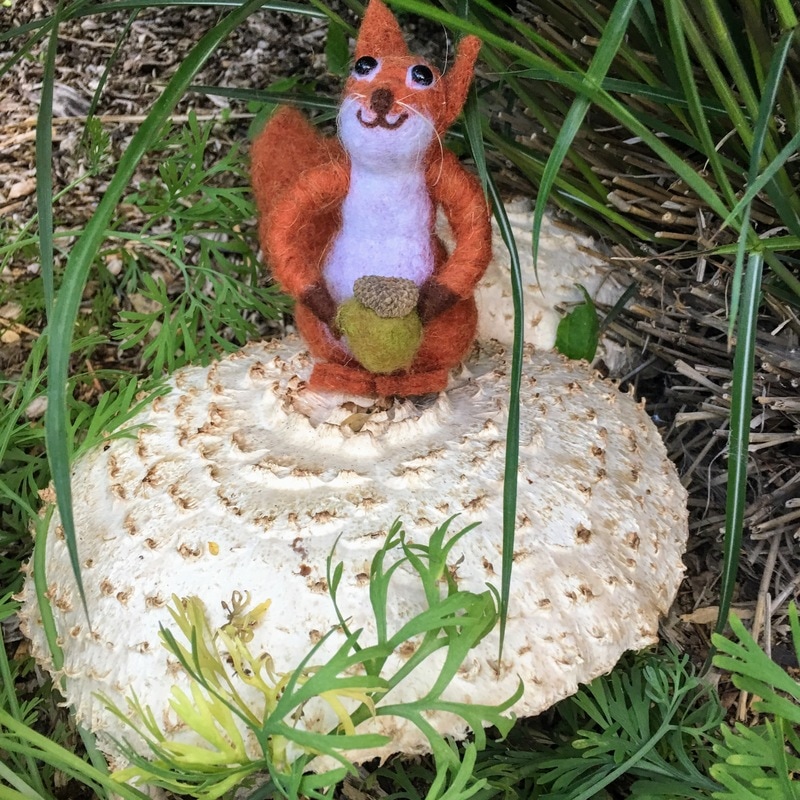
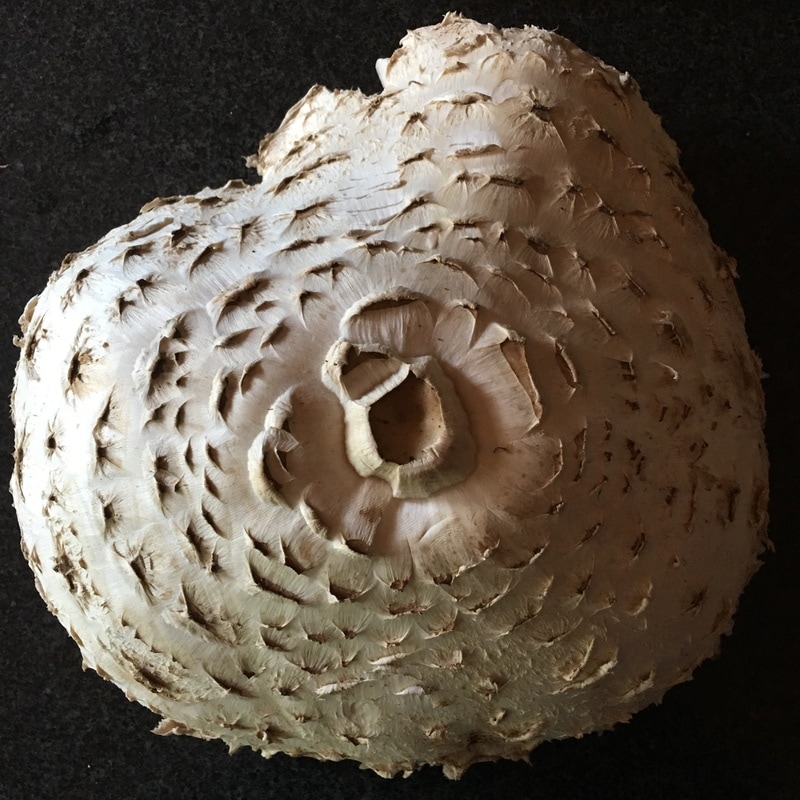
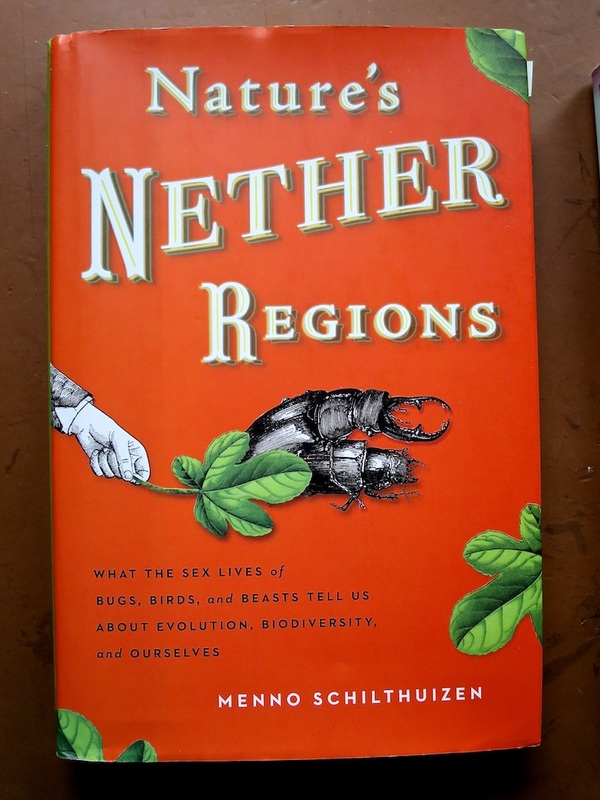

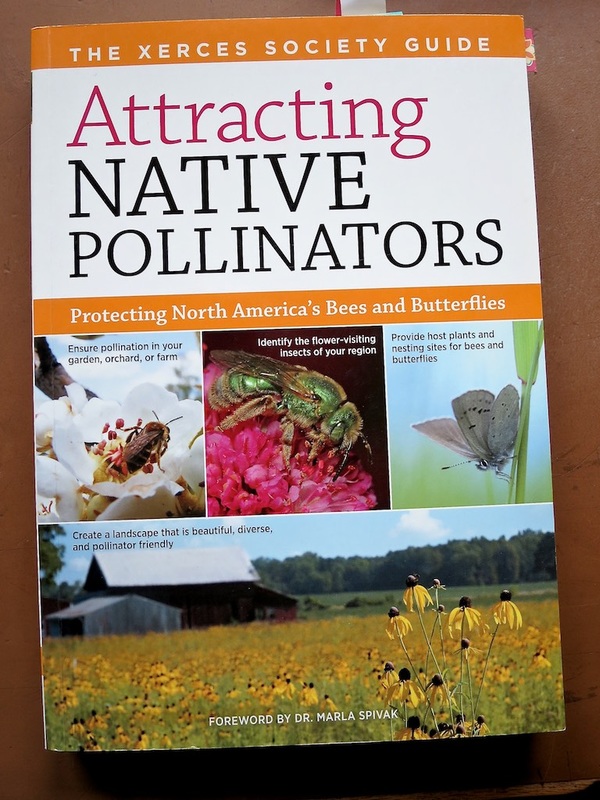
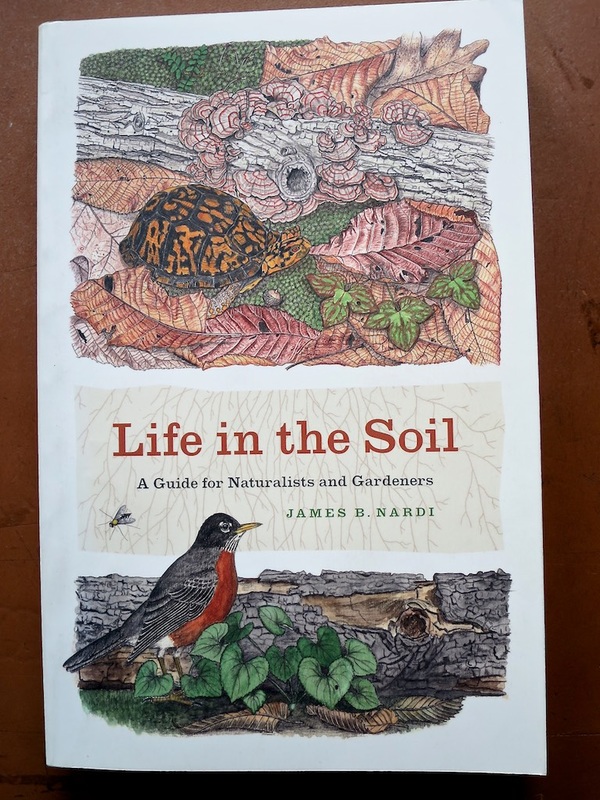
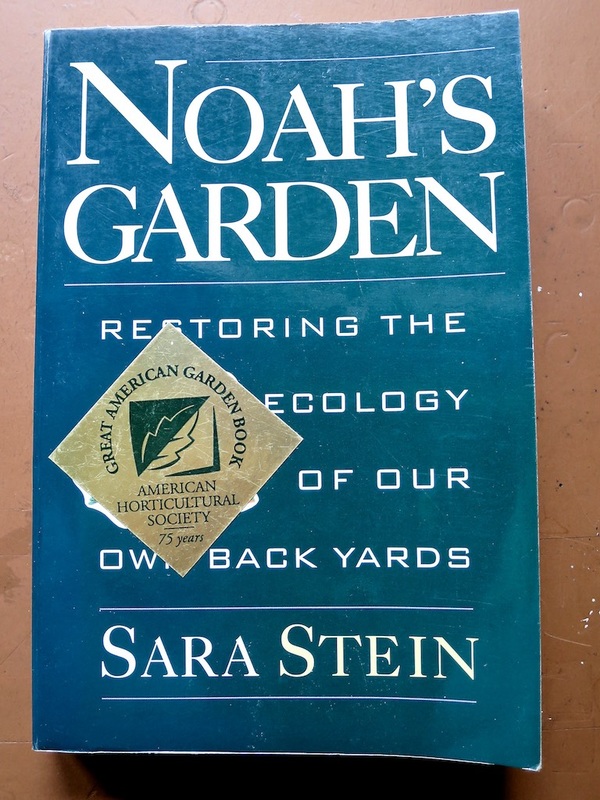
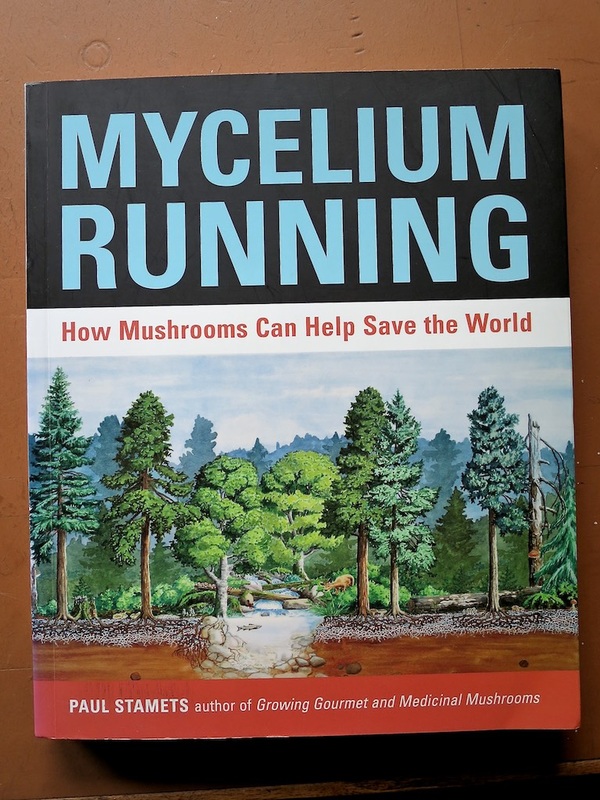
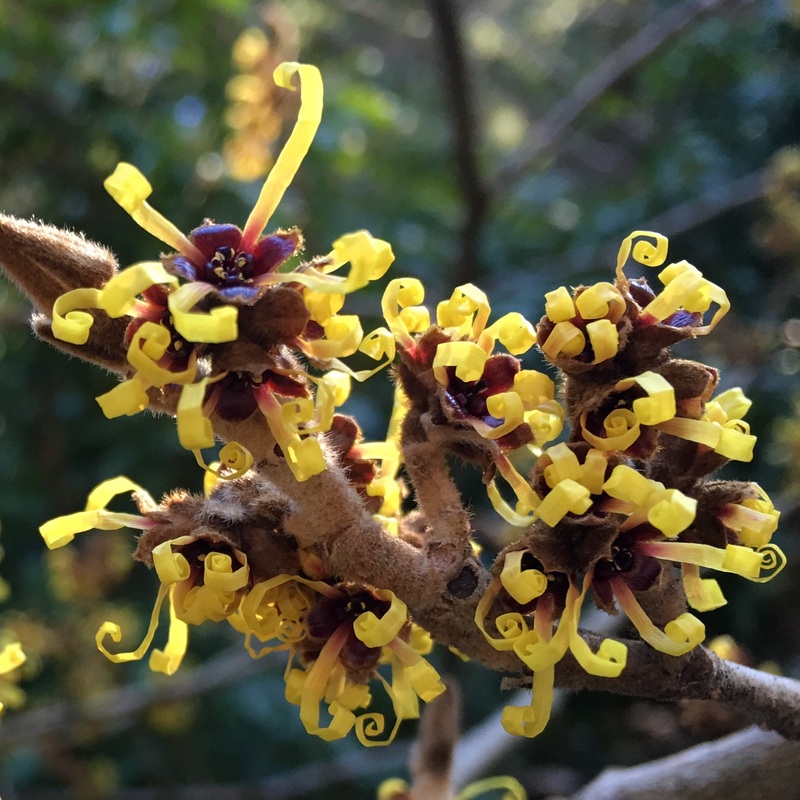
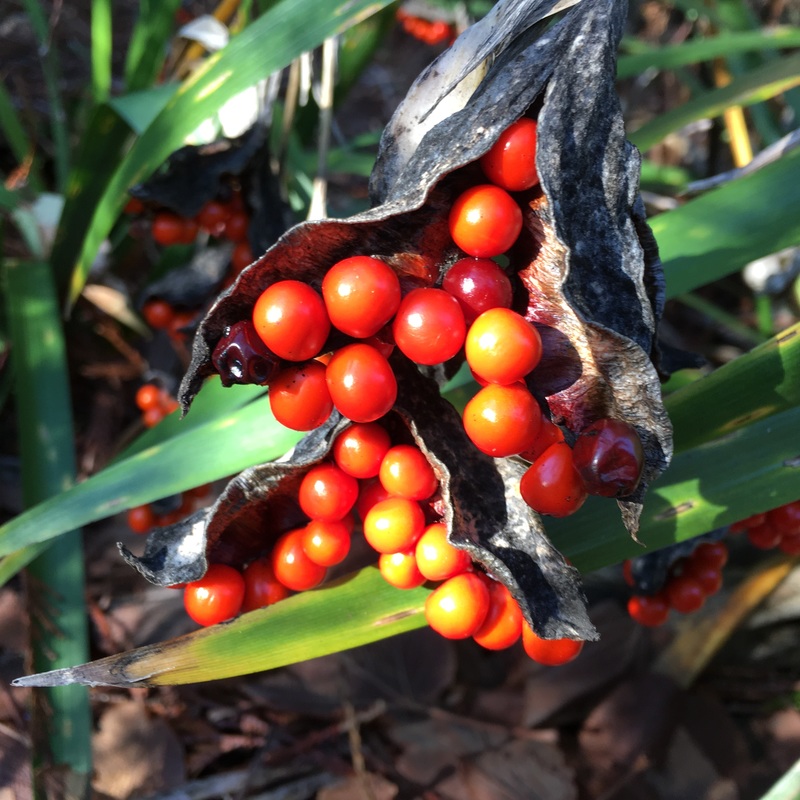

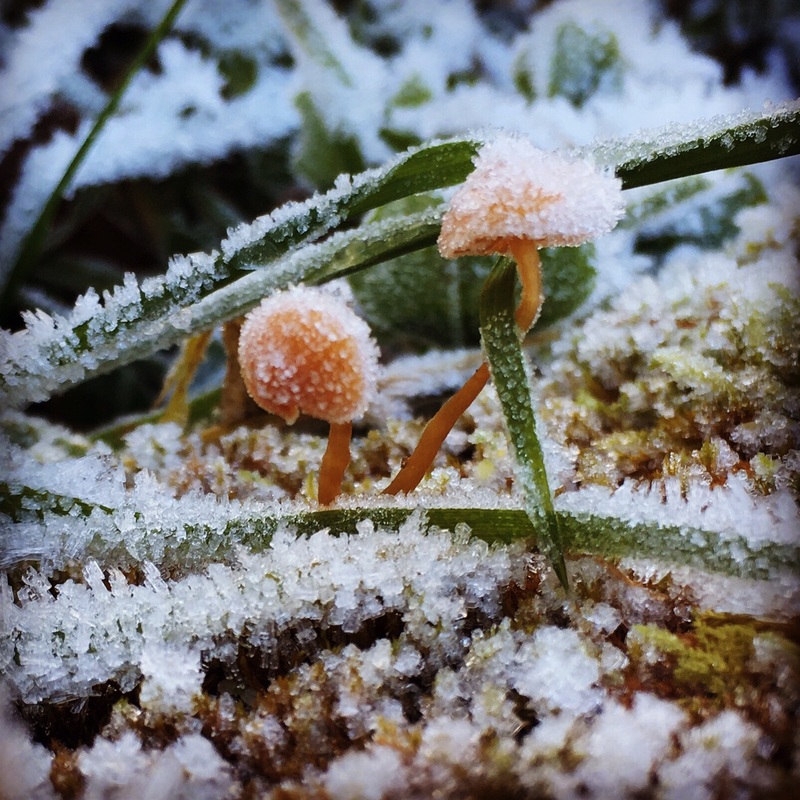
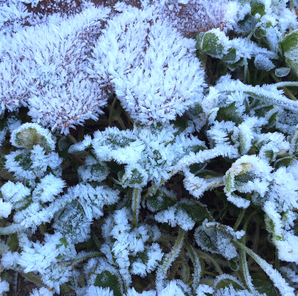
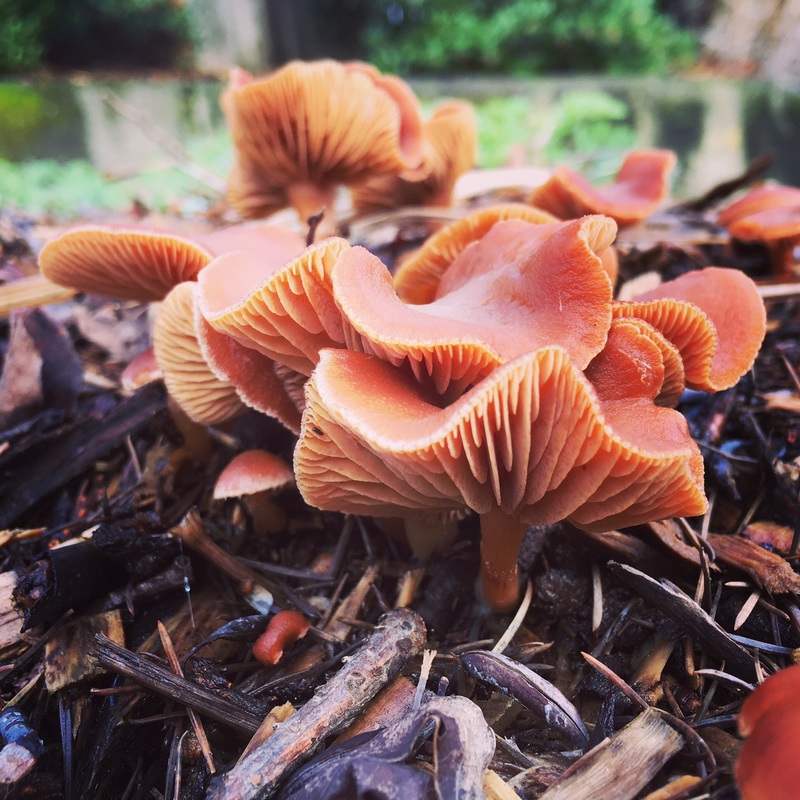
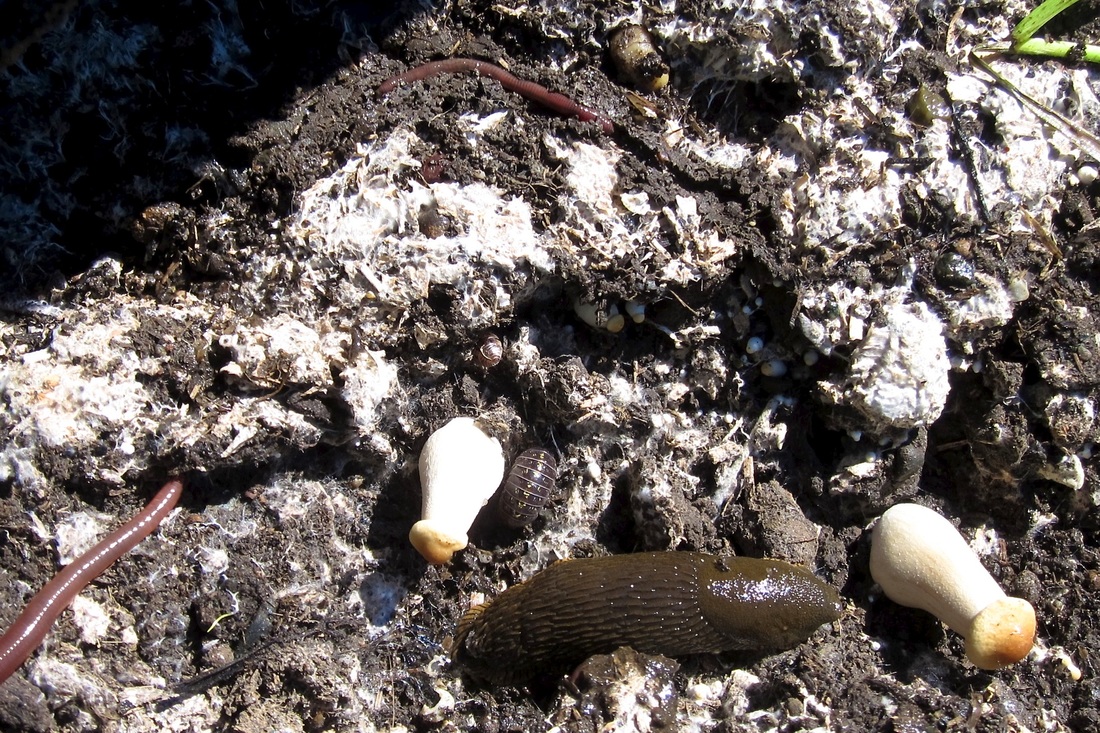
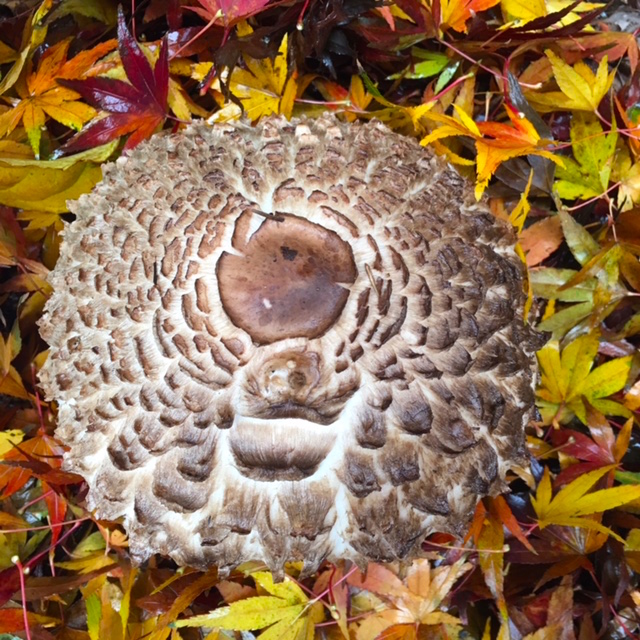
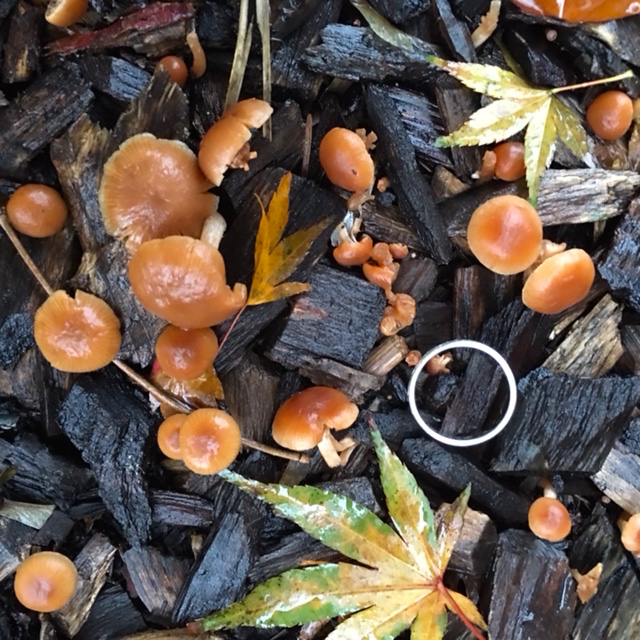
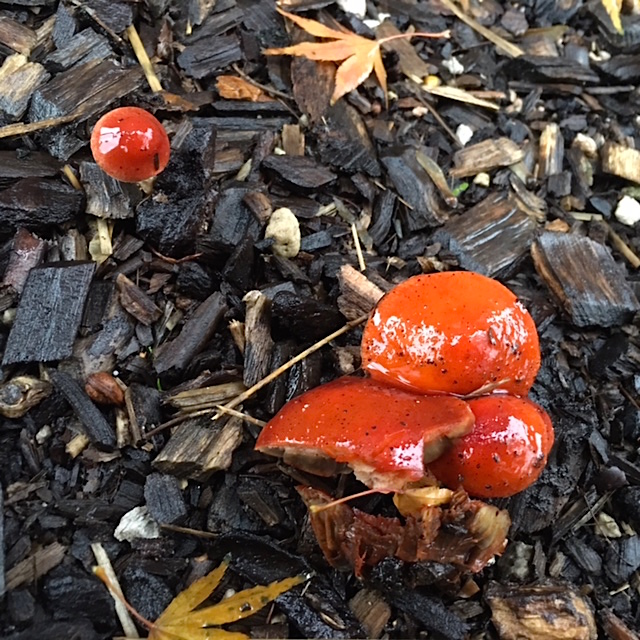

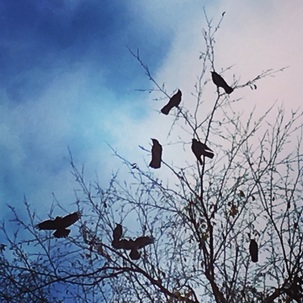
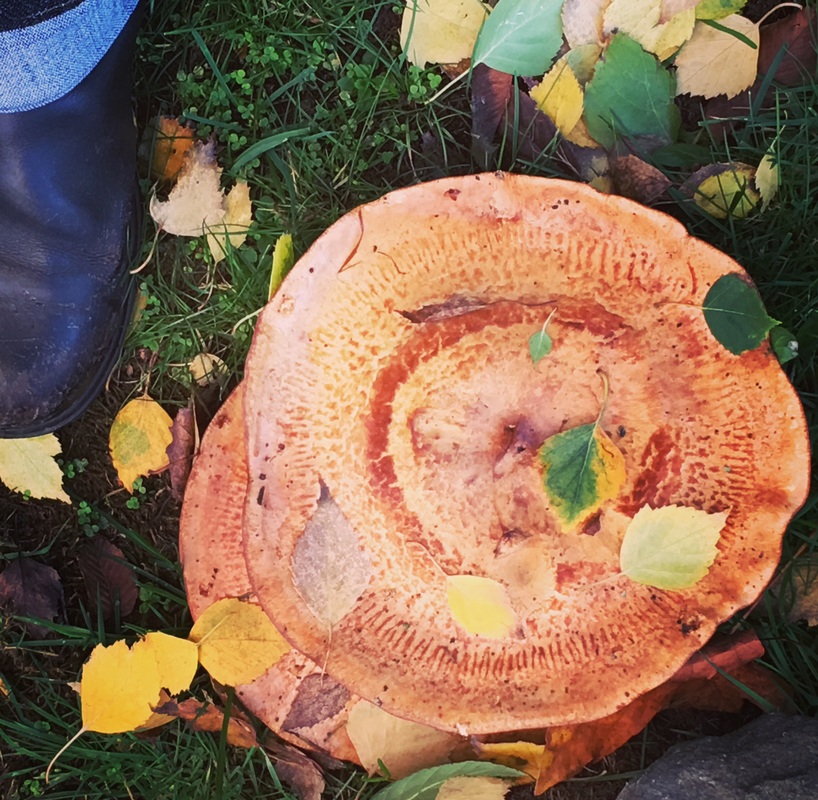
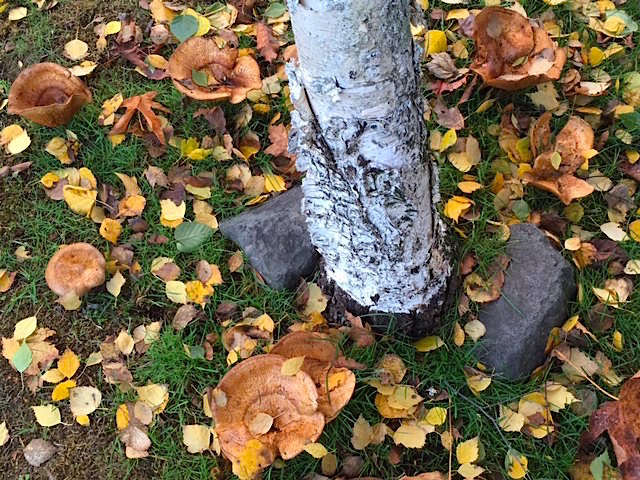
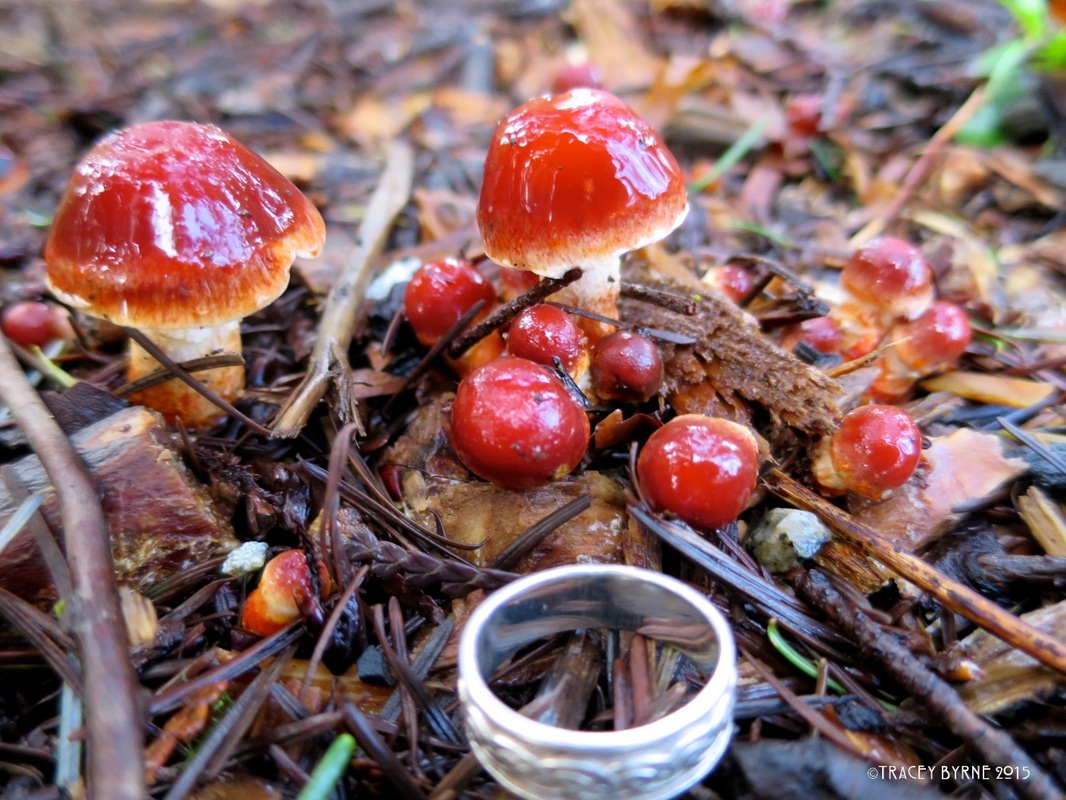
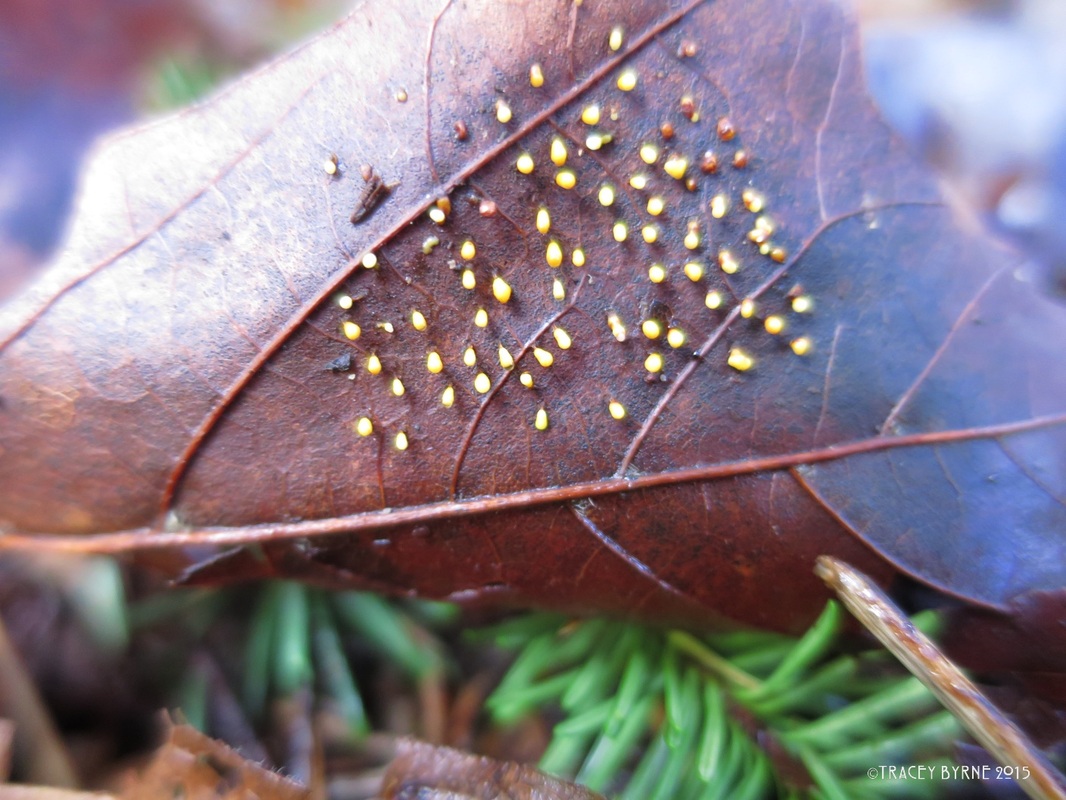
 RSS Feed
RSS Feed
